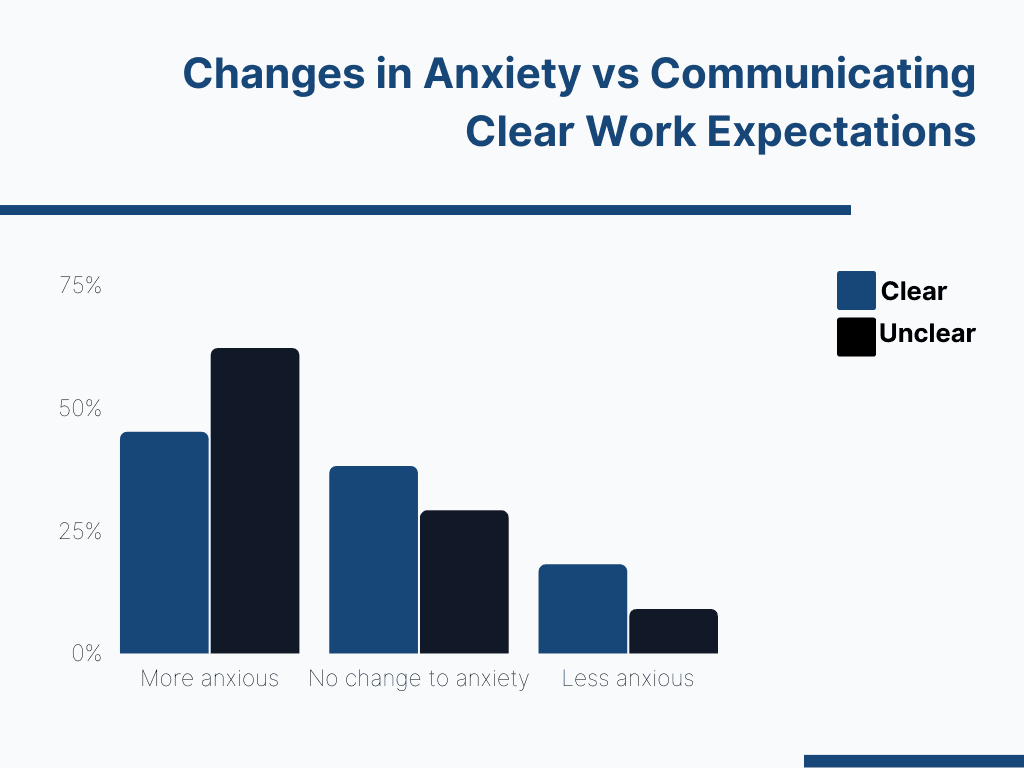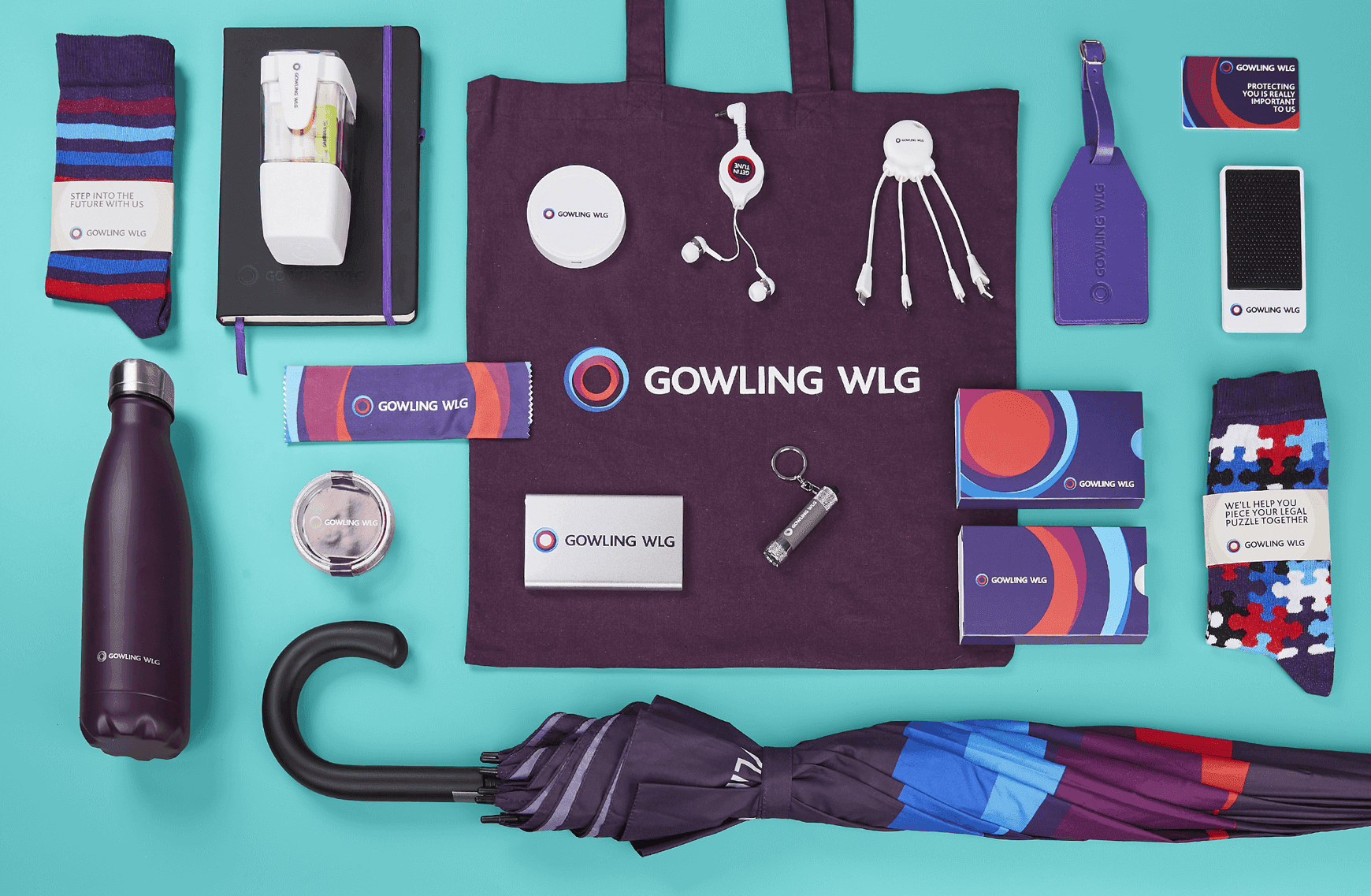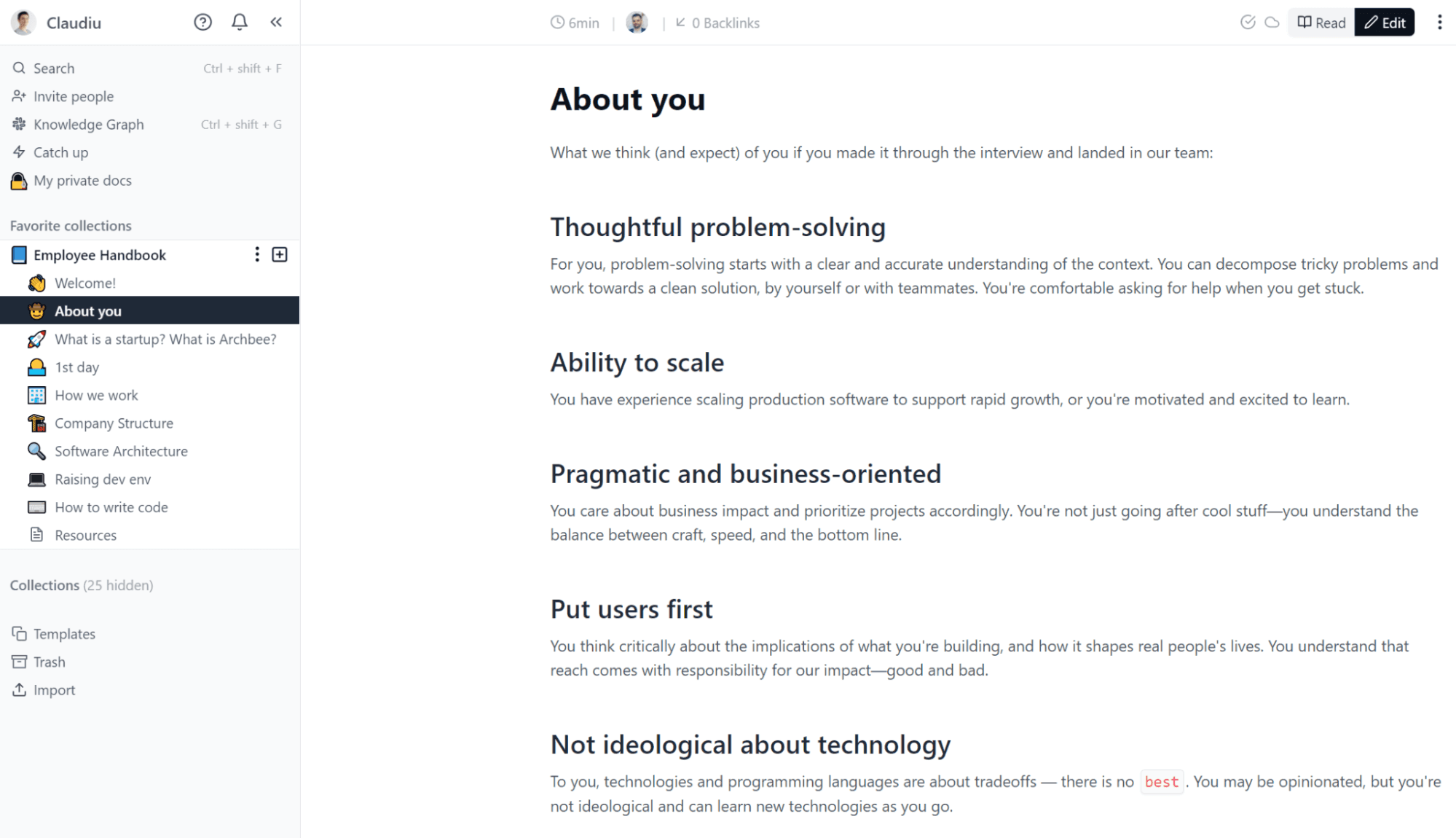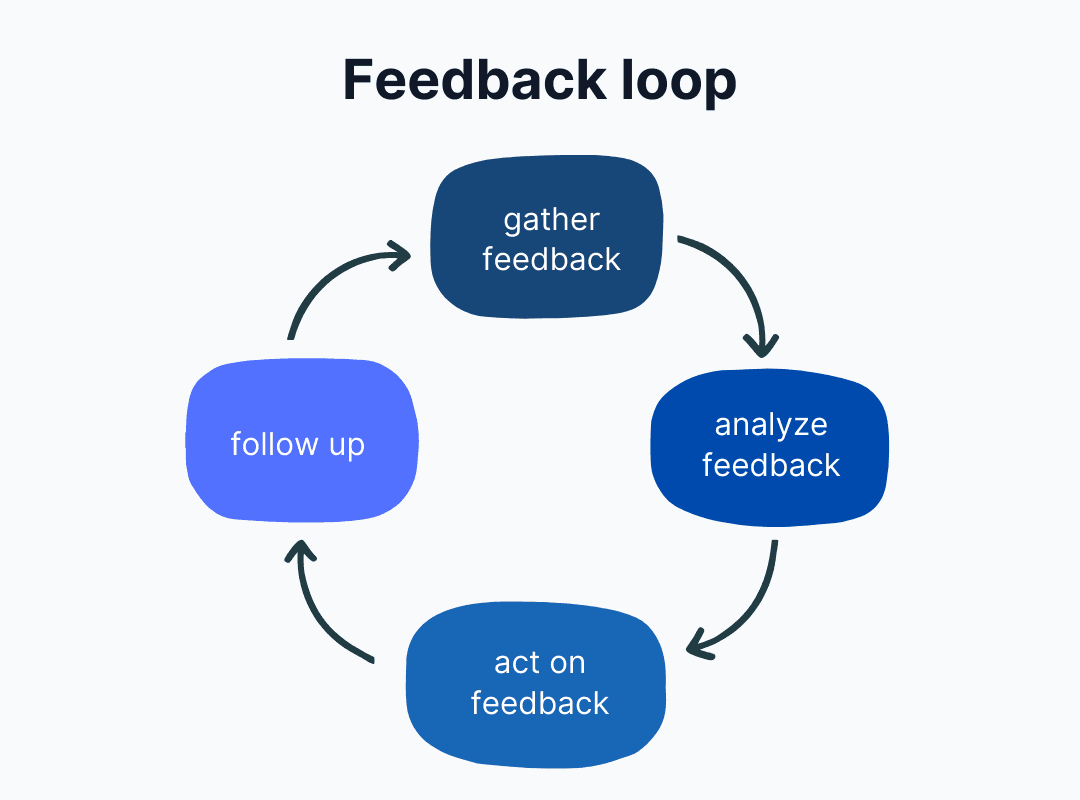Employee onboarding is the first crucial step in ensuring you’re building a reliable, efficient, and happy workforce at your company. However, it is also a complex and elaborate process with many potential challenges.
This article will outline some of the most common mistakes employers and managers make while onboarding new hires. It will also provide you with actionable, practical solutions you can apply right now to improve and perfect your process.
Let’s dive right in with the first onboarding mistake to avoid.
Skipping Pre-Boarding
The most successful onboarding process usually begins with pre-boarding or taking steps to cover as much ground as possible before the new hire even steps through the doors.
In the hiring process, some time usually passes between the new employee being formally hired and their first day at work. Instead of going AWOL during this period, it’s better to get in touch with the new hire, get to know them a little better, and have them go over some paperwork.

Source: Archbee.com
There’s a lot that can be done here, such as signing the necessary contracts and filling out insurance and social security information.
That way, your new employee can read all the documents carefully and in private, making sure they understand everything about their new job.
Another thing you could do is prepare a welcome package for the new employee to read.
It can contain important information about their new workplace, including:
- A guide on company policies
- Materials about your products
- Tutorials on how to use company systems
- A contact list and information about the new hire’s new colleagues and superiors
Before they start, it’s also a good idea to get in touch and share some practical information like the company’s dress code (if you have one), where to park, and what materials to bring to work. This will help the new employee feel more comfortable and confident coming in.
With the red tape out of the way, the new recruit can really have a productive first day at work. In addition, having been informed about the company’s products, procedures, and systems, they can stay ahead of the learning curve and feel like a valuable member of the team from day one.
Unclear Goals and Expectations
Being the new hire in a company is stressful enough. This stressful situation can actually be made worse by failing to communicate what is expected of the new employee and what goals they should be working towards.

Source: Qualtrics
The connection between unclear expectations and levels of anxiety has been proven by multiple employee surveys.
For example, research done by Qualtrics has shown that 62% of employees feel more anxious when expectations at work aren’t communicated to them clearly, as you can see in the chart above.
Unclear goals and expectations create an atmosphere of uncertainty and prevent the new employee from evaluating their work properly and knowing whether or not they’re doing a good job.
Therefore, to make your onboarding process a positive, affirming experience, use it to instill a sense of purpose in your new recruit.
The onboarding process is actually the perfect time to set the tone for a transparent and upfront relationship with your new colleague. It’s an opportunity to explain how the employee’s work ties into the company’s goals and strategies.
As for goal setting during this period, since onboarding can take some time, it’s a good idea to decide on a handful of smaller objectives, spread out over the entire process. That should make achieving them more manageable and attainable.
That way, there is a sense of progression to the onboarding process.
And while you’re at it, make sure the goals you’re setting are aligned with the SMART philosophy.

Source: Archbee.com
SMART is a framework that can help you establish clear, realistic goals that can be achieved within a set timeframe. Their outcomes are easily measured to determine success or failure and they’re always relevant to the overall mission of your company.
Have a look at the figure above and try to memorize the defining characteristics of SMART goals so you can apply them to your own onboarding process.
For example, a good SMART goal in the recruitment process would be to have the new hire familiarize herself with your data visualization software by the end of the first month and deliver a team presentation on a current project a few days later.
With a clear understanding of what is expected of them and what goals they should aim to achieve, the new employee has a much better chance of completing the onboarding process successfully and becoming a high-achieving member of the team.
Not Addressing Generational Differences
It’s crucial to understand that employee onboarding is not a one-size-fits-all process.
In fact, having your new employees complete standardized onboarding, with no allowance for cultural or generational differences, may leave your employees ill-prepared for their new job as well as less confident in their skills and capabilities.
The truth of the matter is that no less than five different generations now populate the workforce, with the four listed below being the most prominent.
And while generational stereotypes are frequently exaggerated, it still stands that workers from different age groups have different job expectations and bring different talents and skills to the table.

Source: Purdue Global
With such a diverse workforce, your onboarding process should be diverse as well. By taking note of every new hire’s age, you’re enabling them to learn about your work processes and culture in the way that suits them best.
For example, since baby boomers feel more comfortable working as a part of a team, it might be a good idea to take a hands-on approach and onboard them through face-to-face meetings and frequent exchanges with their new colleagues.
On the other hand, Gen Z-ers may benefit from an extensive knowledge library and access to the company systems so they can learn independently.
That’s where our documentation software, Archbee, may be of great service to you.

Source: Archbee.com
Archbee allows you to build extensive knowledge libraries, organized into collections and document trees that can be easily accessed, even if your team is working remotely.
It’s perfect for independent learning and problem solving, so it’s a great choice for efficient employee onboarding.
Next, Gen X-ers are often people with families, so they may be interested in the details of your health coverage plan and family benefits, while Millennials, the civic-oriented, socially conscious generation may want to hear more about how your business benefits society at large.

Source: SHRM
As the above figure shows us, half of all Gen X-ers in the workforce need insurance coverage for their spouses and children. In comparison, only a third of Millennials and Baby Boomers need coverage for their families.
That’s just one example of how different generations have different expectations when they start their jobs at your company. This means it’s not always possible to motivate your employees using just one package of benefits.
In conclusion, members of different age groups often respond to different approaches in the onboarding process. Knowing a little bit about each generation, as well as getting to know your employees as individuals, can help you improve your onboarding process.
It will also go a long way to keep your new employees satisfied and highly engaged, even after the onboarding is done.
Having an Unstructured Onboarding Process
Making onboarding more flexible and personalized does not, however, mean there should be no structure to the process. Quite the contrary, effective onboarding is actually a highly organized aspect of doing business successfully.
No matter how informal or creative your workplace is, just winging it with your onboarding process is a surefire way to make your new employee feel lost and out of place.
Instead, do what you can to form a schedule and structure it in a way that will utilize the new hire’s time in the most effective way.
Adequate planning gives the employee something important to do and key people to meet throughout that first period in their new role. That way, the new recruit is sure to feel involved and included in the culture of the company at all times.
It is also good practice to create an official onboarding flow chart your company can apply to each new hire. You can divide the process by week and the department responsible for carrying out the onboarding duties.
Diagramming or journey mapping can be of immense help here.

Source: docs.archbee.com/mermaid-diagrams
Planning for their arrival, you should also make sure your new employee has everything they need to carry out their work. This includes providing them with a workstation, proper identification, and IT equipment.
While you’re at it, it might be a good idea to get the marketing team involved and have them prepare a welcome kit, some branded swag that will make the new recruit feel like part of the team from day one.

Source: Streamline
Have a look at a nice example of a welcome kit from the Gowling WLG law firm above.
The main takeaway here is that employee onboarding should be an immersive experience. Every day should bring the new employee closer to their new colleagues and integrate them further into the company culture.
For that to happen, the onboarding process should be highly structured so that the new hire always feels supported and integral to the life of the company.
Information Overload
Onboarding is an information-intensive process. Within a short period of time, the new recruit is expected to learn almost everything there is to know about work processes, company systems, culture, key roles, and products.
Therefore, one of the biggest mistakes you can make is to try and cram all of this knowledge into the new employee in a few days.
In fact, if you do that, there is a high chance the employee will forget a lot of key information and make mistakes that could cost you revenue or even harm the company’s reputation.
To prevent overwhelming your new employee during onboarding, it’s important to extend the onboarding process to the first couple of months of the employee’s time at your company.
According to some sources, the process should take no less than three months and up to a year. However long you make your onboarding process, onboarding should definitely take longer than a day.
During this time of learning, you can help your employee retain more knowledge by repeating key information and going through procedures more than once. The more you revise, the better your employee will learn and the fewer mistakes they’ll make along the way.
However, you, of course, have other duties to attend to besides onboarding new employees so it’s important to provide resources the new employee can turn to and learn independently when you’re not available.
A great way to do that is to build an internal library of knowledge and fill it with all sorts of information your employee can access at any time from anywhere.
The quickest and most efficient way would be to use knowledge and documentation software.

Source: Archbee.com
It allows you to embed images, videos, diagrams, APIs, and so much more.
After you’ve completed the document, it’s there in your collection, and you can drag and drop it with your other documents to form a document tree so that users can find their way around your knowledge base with no trouble at all.

Source: Archbee.com
Remember, the success of your company relies on a complex network of knowledge and procedures that your employees need to get thoroughly familiar with.
To help your new recruits find their way around this elaborate system, build an extensive knowledge base using documentation software like Archbee and make it easily accessible at any time and from any place.
No Feedback Loop
Finally, no onboarding process is really complete without a continuous feedback loop.
If you find that your new employees aren’t taking to their job very well, it might be because you haven’t established an effective feedback loop. Without one, it’s much more difficult to improve and perfect your current onboarding methods.
A feedback loop is a continuous conversation between you and your new hire. It’s an opportunity for you to gauge how well your onboarding process serves your new employees and whether they are settling into their new position.
The first step of establishing an onboarding feedback loop is forming a habit of regularly checking in with your new employee and asking them to evaluate their overall onboarding experience.
You can do that by holding one-on-one meetings with the employee or by using surveys and polls to get ratings from your new hires.

Source: Archbee.com
After you’ve captured enough feedback, it’s time to analyze it. See what parts of the process employees are having trouble with and what areas are the most difficult to master.
Those are the areas that need to be addressed. Therefore, see what you can do to help employees overcome obstacles, how your onboarding process can be made easier and apply the necessary changes to the process.
Finally, follow up and present your solutions back to the employees to show them their voice has been heard.
Keep in mind that your onboarding process exists to serve your employees and help them find their place in your company. That means that the development of your onboarding process should be driven by your employees and founded on their valuable feedback.
With a firm feedback loop in place, you’re bound to see elevated levels of job satisfaction and employee retention after just a couple of iterations.
Here are two read recommendation before conclusion:
1. How to Write a Great Welcome to The Team Email
2. 15 Inspirational Welcome Messages for Your New Employees
Conclusion
Hopefully, this article has given you a good idea of some of the things that can go wrong during the employee onboarding process. So, next time, you will avoid those employee onboarding mistakes!
From being ill-prepared and providing no structure, to communicating too little and expecting too much, the most common onboarding mistakes stem from employers not giving enough thought to this important process.
Take some time to consider if you’re guilty of making any of these mistakes. If so, some of our solutions may help make your employees feel more comfortable during their first days and to help them integrate better into their new role.
If you keep perfecting your onboarding methods, you are sure to see increased retention and engagement rates very soon.
FAQ
Frequently Asked Questions
Pre-boarding reduces first-day stress and gets new hires productive faster. Before day one, complete essentials like contracts, tax and benefits forms, and required compliance modules. Share practical details such as dress code, parking or access, start time, and what to bring. Set up accounts, tools, and equipment, and send a welcome pack with key policies, product overviews, org charts, and a first-week schedule. Introduce the manager and buddy in advance and outline early goals. When the basics are handled upfront, the first day feels welcoming, focused, and impactful.



